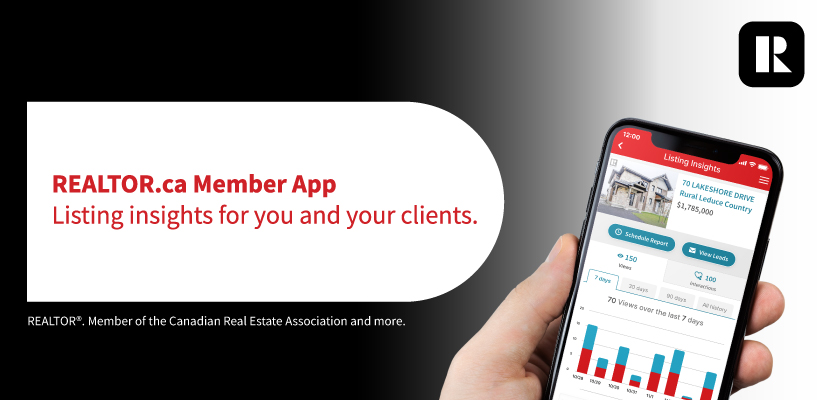Earning leads from your real estate website isn’t magic – it’s science. The first part of that scientific formula is getting traffic (potential leads) to your website; the second part is converting that traffic – asking for the business.
Asking for the business is a well-known concept in offline real estate lead generation, but you need to ask for it online too. Imagine hosting an open house where you don’t ask for a follow up. You’d be missing opportunity. Same with online.
Earning leads online is about asking for the business and the way to do that is through lead-generation forms.
Before we tell you where to put a lead-gen form, let’s address what that is. A lead-gen form is an opportunity for your website visitors to give you their contact information. This information isn’t simply “given” (unless you’re a high-producing agent they already know and want to work with). It must be earned. The forms need to be attractive enough to garner attention and convincing enough to warrant people giving up their precious contact information.
Having an attractive and convincing offer is critical, but so is the location of these forms. The six items below are the top-delivering spots based on behind-the-scenes research from the clients of real estate websites and are listed in order, starting with the most important positioning.
Pop-up:
While the words pop-up have become dirtier than mud, or timeshare, this is the most effective lead-gen form there is. On average, more than half of online leads come in through a website’s pop-up lead generation form.
Top bar:
A top bar lead-gen form is one that is at the top of a page (above the menu) and often follows you down the page along with the menu. These forms bring in an average of 30 per cent of the leads that a website generates.
Scroll boxes:
Scroll boxes are call to action forms that generate leads, but only activate and pop-up (generally in the right- or left-hand corner) once a reader scrolls down to a certain point down the page. A common point is after the user scrolls halfway down the page. These can garner up to 30 per cent of total leads. Websites don’t generally use the scroll boxes, top bar and pop-ups at the same time.
Sidebar:
A sidebar lead-gen form is in the sidebar of a website (the reoccurring element on pages on the right- or left-hand side that shows on most pages except for the homepage). As this is located on most of the pages of a website, it has the most views after the pop-up, top bar and scroll box. And the better the real estate, the more leads you will receive.
Embedded forms:
Embedded forms are lead-gen forms on your website that are unique to that specific page (not a pop-up, not in the sidebar or top bar) and generally come after the content (although for long pages they can be halfway through so you capture the lead before the reader stops reading). These can be effective as they are uniquely catered to that page’s content.
For example, if that page’s content is about homes in X neighbourhood, the lead-gen form could be about “homes in X neighbourhood most likely to increase in value”. While they can be effective for readers on that page, they won’t be viewed nearly as much as other options, which is why they generally garner about five per cent of leads or less. While the percentage of total leads is smaller, they can be good-quality leads because the user was searching for information on that topic.
Landing pages:
Landing pages on your website are commonly used to syphon traffic from advertising campaigns. It is hard to give a percentage on these in terms of total overall leads as they run separate from the rest. But, they perform well if they use a tempting offer or intriguing information and can earn anywhere between two to 30 per cent of the traffic sent directly to them.
While having any lead-generating forms on your website is better than not having them, placing them strategically is of critical importance. Using only embedded forms on a few pages of the website can reduce your overall lead generation to five per cent of its total potential. You need to use them in a way that complements the overall design and isn’t overly intrusive – but don’t use too few or you’re losing leads.
Robin Wilding is the creative mind behind The Lead Gen Factory and The Realtor Pipeline. The Lead Gen Factory is a boutique real estate online marketing company hyper-focused on lead generation; The Realtor Pipeline is a digital DIY platform showing Realtors how to generate online leads, lead conversion, Social Media Marketing, sales pipeline building, and more. She also leads The Realtor Pipeline Facebook group, a group for Realtors to learn new online techniques, technology and share best practices.


















